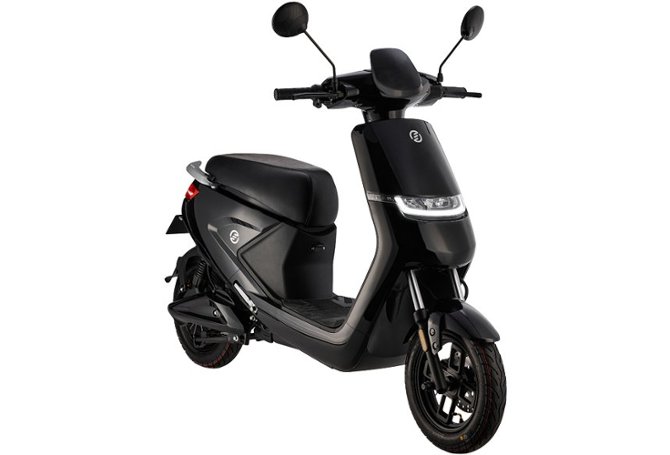Types of Electric Transportation

Lowering your carbon footprint with green vehicles.
Benefits of electric vehicles.
Types of electric transportation.
Electric bikes.
E-scooters.
Other electric vehicles.
Things to consider before you purchase.
Understanding electric vehicle charging stations.
Electric cars take a charge from a standard 110-volt outlet. However, some vehicles can take up to 16 hours to charge at a household outlet. Faster charges come from 240-volt electric vehicle charging stations or 600-volt quick-charge stations. Be sure to have the right electric car charger for your neighborhood charging unit. You can also have a licensed electrician install a station in your home.
Smaller vehicles like e-scooters and e-bicycles charge more easily. Consider how much range you require from your e-vehicle and if you need an adapter to enable juicing back up at a charging station. It's good to make sure you have access to an outlet, or you can choose a model that has an easy battery replacement method. Some scooters and bikes include adapters for charging stations, so you don’t have to worry about having to purchase one separately.
Checking the laws.
Check out your community's laws around different electric vehicles. These regulations could influence your decision. A state might not require a license for an e-bike, but it could consider an electric dirt bike a motorcycle, so you may need a driver's license. Some areas monitor locations for e-vehicle operation, such as the street versus a sidewalk.
Your city or state will probably have safety gear requirements. Even if they don't, it's important to protect yourself if you are operating an electric bike, moped or scooter on roads or sidewalks. Electric vehicle laws can benefit you as well because you could be eligible for significant tax credits by owning one that’s more environmentally friendly.